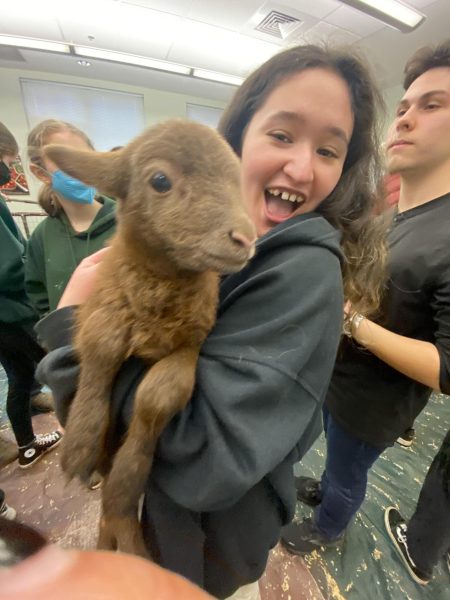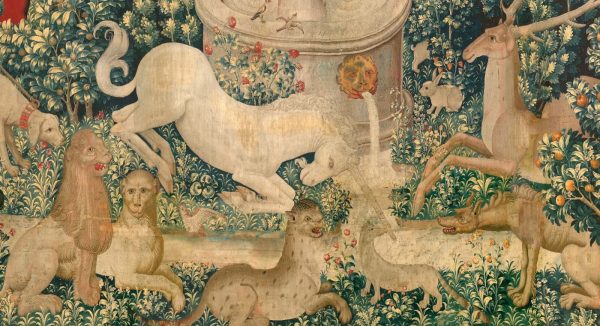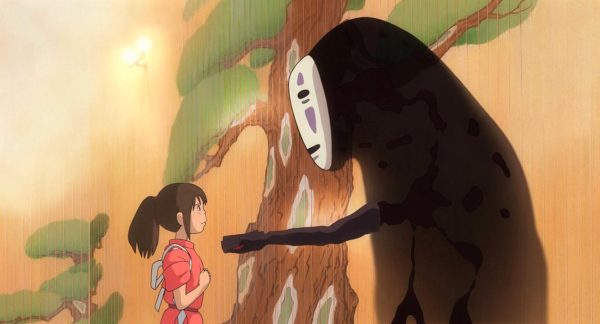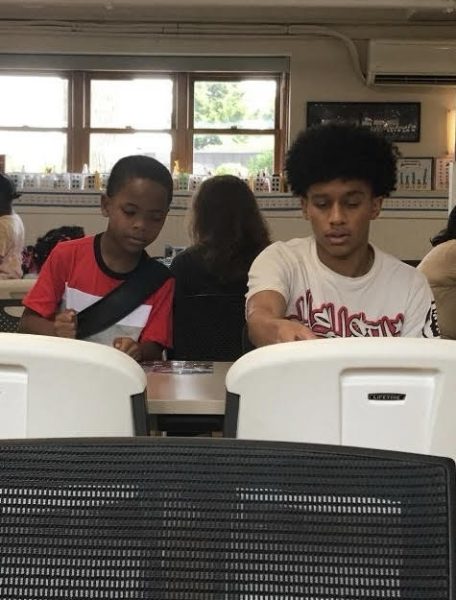Lil Kim and colorism in hip hop
Art feeds our souls and cures us of our wounds. Art exposes the emotions and struggles of the society it lives within. Many use art to express what is in our bodies and not to rot with what is living inside of us. Van Goh’s sorrowing old man (‘At Eternity’s Gate’) was painted two months before his death and exposed his deteriorating mental state. Like Ye’s lyric “Today I seriously thought about killing you/I contemplated premeditated murder/And I think about killing myself” in his song I Thought About Killing You, reveals his battle with suicide and murder. What we see and hear both evoke strong emotions out of our vulnerability. Music itself is an art but art can also hurt us because of its mainstream influence over us. If rap lyrics can strongly expose who we are, what we are going through, or even been through, can one rap lyric bring to light society’s unrealistic expectations of beauty?
“If it wasn’t for race mixing there’d be no video girls,” Ye once said. In a casting call for his Yeezy season four fashion show, he tweeted that he wanted “multicultural women only.” Multicultural, a placeholder for light skin women. In response to the criticism, he told Vogue, “ten thousand people that showed up didn’t have a problem with it. How do you word the idea that you want all variations of black? How do you word that exactly?” Asap Rocky was asked his opinion on girls wearing makeup and gave some advice on wearing red lipstick. He stated,“ But for real, for me, I feel like with the red lipstick thing it all depends on the pair of complexion. I’m just being for real. You have to be fair skinned to get away with that.” In the summer of 2017, rapper Kodak Black said in an interview that he doesn’t date women with his skin complexion because they’re “too tough.” This was after an Instagram live video where he said, “I really don’t like black girls like that…I love African American women, but I just don’t like my skin complexion… my complexion we too gutter: light-skinned women are more sensitive.” People defend his comments saying there is nothing wrong in having a preference, but is disregarding a whole complexion of women just a preference?
The term ‘yellow bone’ has dominated the perception of what beauty is supposed to look like for black women. ‘Yellow bone’ refers to black people who are light-skinned. The term is often used throughout rap lyrics to endorse light skin women. Lil Wayne rapped Eric Benet’s “Redbone Girl”, “ I like them light skinned lighter than a feather.” 2 Chainz rapped on “K.O.” “ I like to crack the top and let the light in, you know she dark and her friend light skin.” Future raped on “Same Damn Time,” “Robin jeans with the wings, Yellow bone on my team trafficking ya-means.” Women featured in these rap videos as “video vixens” share three, hard to dismiss traits: long hair, bright eyes, and most important, light skin. These women are meant to be the typical attractive women to garner views, and it is not by chance that dark-skinned women barely seem to make an appearance or be lead.
Lil Kim dominated the late 90s and early 2000s with the assistance of The Notorious B.I.G (a.k.a Biggie Smalls) two of Brooklyn’s finest rappers. Once Biggie Smalls heard Lil Kim rap, he knew she was going to be big and recruited her into his group, Junior M.A.F.I.A. With hits like “Get Money” and “Players Anthem” on their debut album Conspiracy gave Lil Kim the kick to begin her solo career. Much of her image surrounded in being a sex symbol and people loved her because of her explicit lyrics and her style which would be dubbed “gangsta porno rap.” Kim would garner attention for her raw, unapologetic flow, which was way more explicit than female rappers at the time like MC Lyte and Queen Latifah. As a child living in New Rochelle, NY, Kim was teased about her skin color. In a 2000s interview with Newsweek, Kim said, “I have low self esteem and I always have. Guys always cheated on me with women who were European looking…How could I compete with that? Being a regular black girl wasn’t good enough.” She’s also touched on the fact that men her age dated tall light skin women while she was short and brown skin. She didn’t know how to fit in but being Lil Kim, the rapper helped her overcome it. Over the years, Kim’s skin has gotten lighter, but it all came crashing down in 2016 when she faced criticism for Instagram pictures in which she looked unrecognizable. Her skin was getting lighter and lighter in appearance and her face structure was constantly changing. Many people accused her of skin bleaching, but she says that is not the case. Lil Kim allegedly used plastic surgery, makeup, and filters because of her belief that “being a regular black girl wasn’t good enough.” Whose fault was this? Rap’s beauty standards or our unconscious decision to follow them?
Growing up hearing these rap lyrics and watching the music videos, listeners can’t help to develop unrealistic standards to what we define as beautiful. As humans, we have a strong pull to believe what we grew up seeing and hearing because that is all we know. We go through this cycle of beating ourselves up until we decide to change ourselves to what we see in the media. Rap is only one form of art that highlights these unrealistic beauty standards but because of the long history of colorist lyrics and comments we see it as normal. Rappers who romanticize these beauty standards still have successful careers and are supported by the listeners. Listeners are to be held accountable for feeding streams and views on colorist music and videos and funding the colorist system. How do we undo years of colorism in the rap industry? Maybe we could start by acknowledging.

Hi, my name is Isabella Dumenigo, and I’m a senior on Wildezine!! I’ve been a staff writer for three years, and this year I’m so excited...






